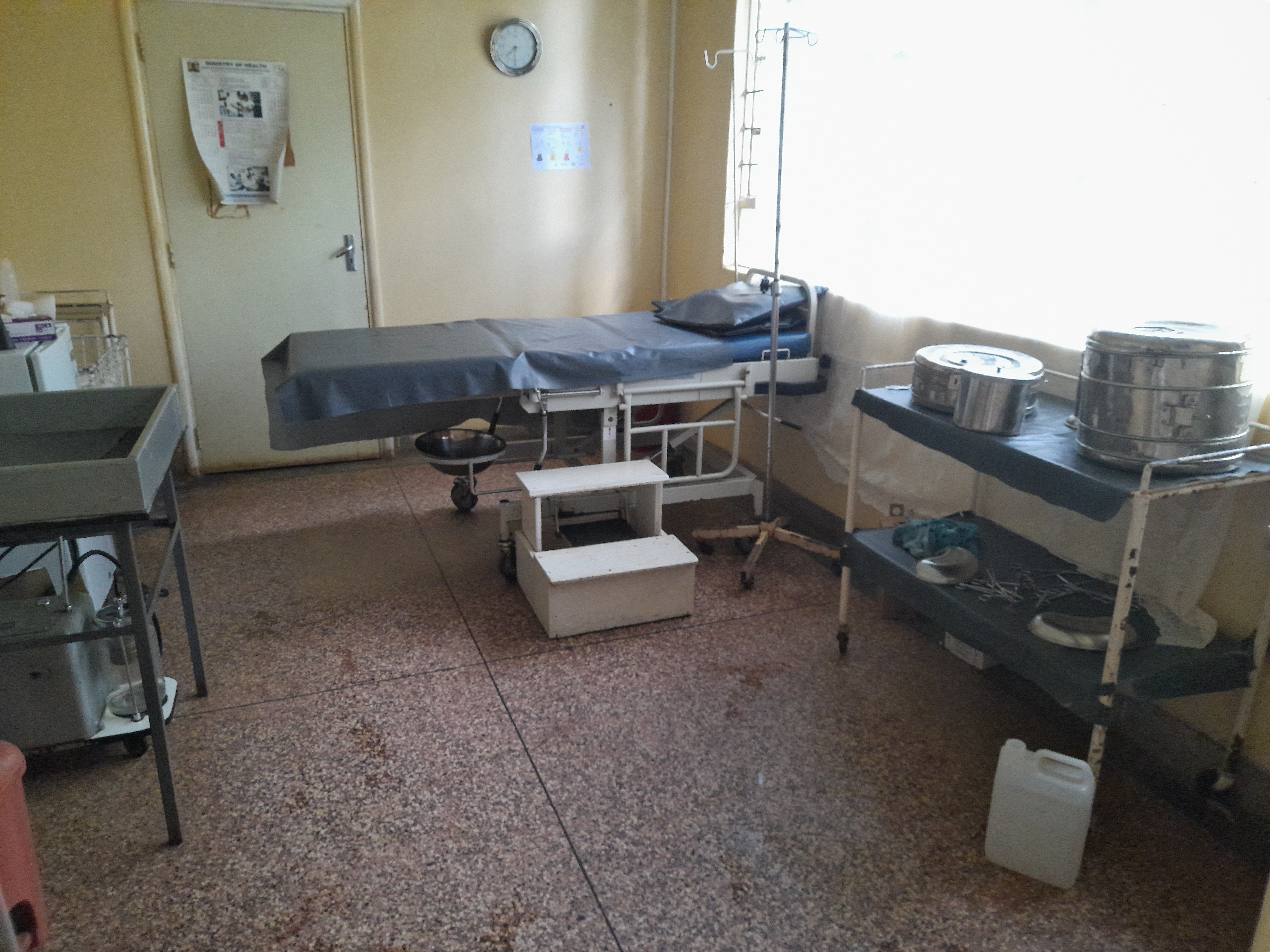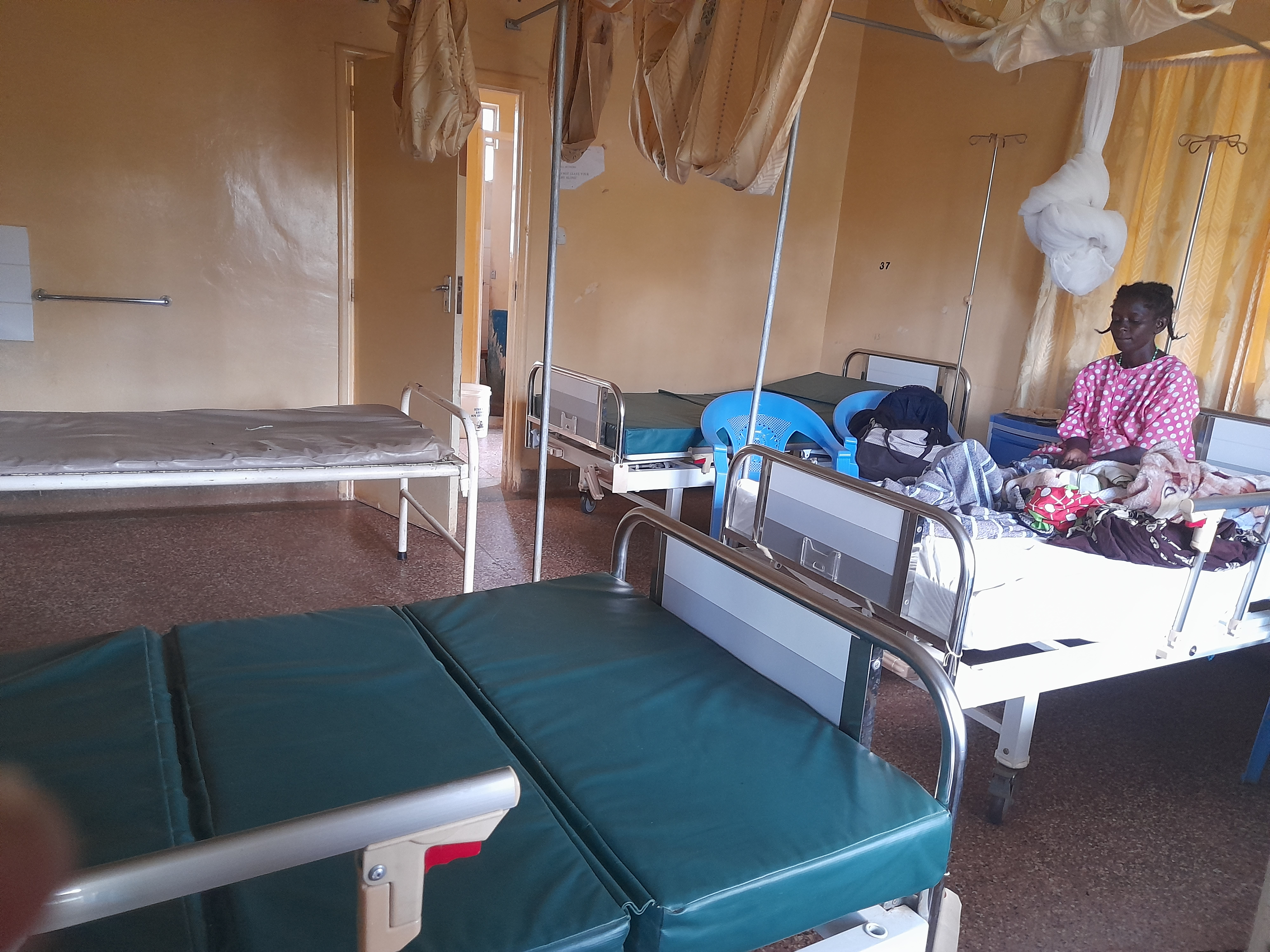Kenya
Health
$16,588 Goal
Summary of the Situation
Established in 1958 during Kenya’s colonial era, the hospital was founded to serve poor African laborers working on sisal and coffee farms in Machakos District. After Kenya’s independence, many of these farms became settlement schemes for landless peasants, and the hospital continues to serve the descendants of these laborers. The facility aims to provide affordable, quality healthcare to the local communities, addressing the health challenges faced by the poor who struggle to access medical services. However, the hospital faces financial constraints due to reliance on minimal medical fees from its impoverished clientele. Although Kenya has a National Health Insurance Fund (NHIF), many cannot afford the monthly contributions, as most earn less than a dollar a day. As a result, people often resort to over-the-counter medication or herbal remedies, which can lead to complications and more costly treatments later. These patients, unable to pay for services, contribute to the hospital’s financial strain. The requested funds will help offset medical debt and provide essential support for those unable to pay for care. They will also enable the hospital to cover recurrent costs, such as restocking medicines and upgrading equipment, including lab tools and Doppler Ultrasound machines, to improve diagnosis and treatment efficiency.
How will the funds be used?
Anesthesia Machine – $11,240
Operating table – $2,480
Autoclave – $2,868
The Sisters’s Response
The majority of the hospital’s patients are squatters who work on horticultural farms, particularly the large Delmont farm. Their earnings are insufficient to support their families, and they cannot afford the $5 monthly National Health Insurance Fund (NHIF) contribution. As a result, out-of-pocket medical expenses are too costly, leading many to seek over-the-counter medications or consult traditional healers. They often arrive at the hospital only after exhausting their savings on these alternatives.
Systemic Impact
Our program addresses the healthcare accessibility gap caused by poverty by focusing on the well-being of our patients. As a result, patients experience better health and are better equipped to provide for themselves and their families.


